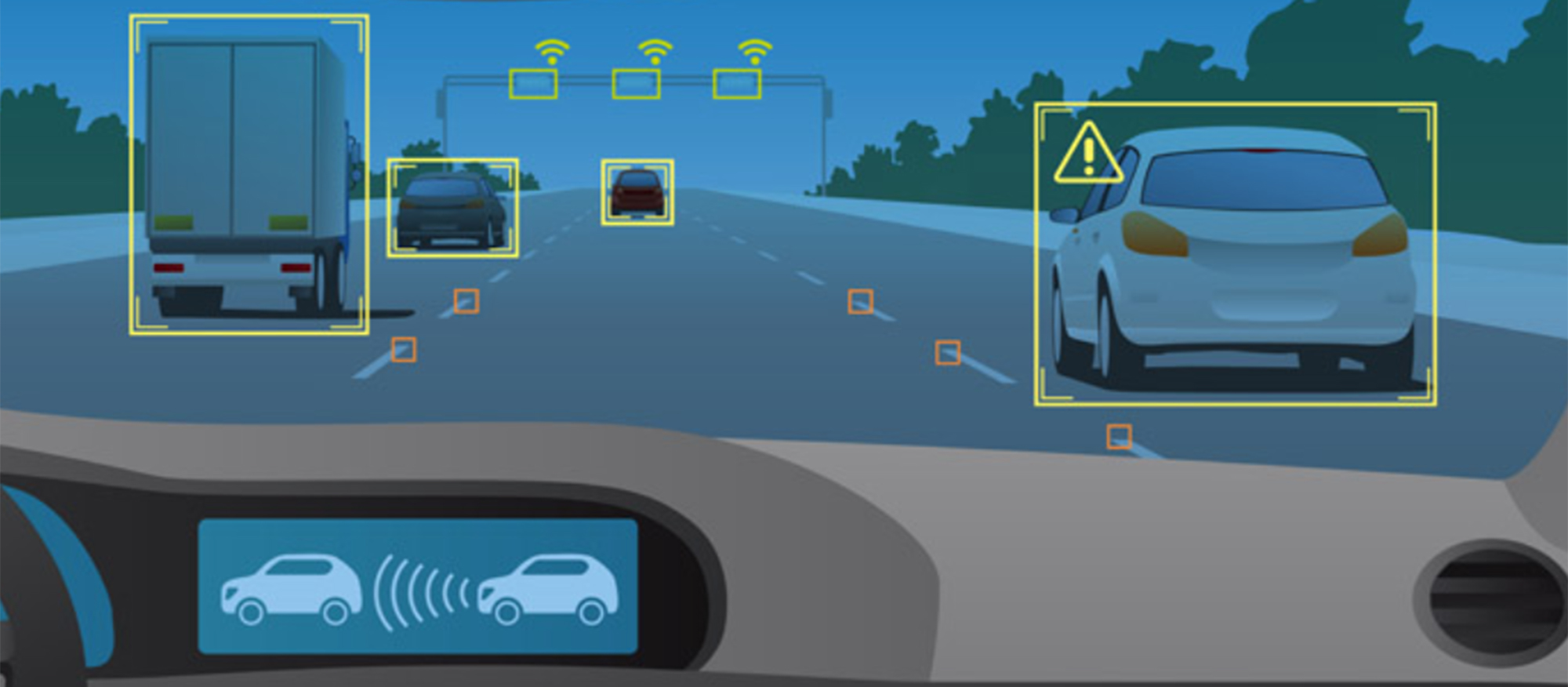A Focus on Intelligent Transportation Systems (ITS)
Since Carl Benz patented his “vehicle powered by a gas engine” in 1886, and Garrett Morgan deployed the first electric traffic signal in Cleveland in 1914, transportation technology has been an exciting and integral part of the human experience. Today, new transportation technologies are poised to entirely reshape the way we move.
Over the past 30+ years, Intelligent Transportation Systems (ITS) have been widely deployed in metropolitan areas and intercity corridors to manage traffic flow and incidents in real-time using traffic sensors, cameras, electronic signing, and public-facing tools such as “511” phone, web and smartphone applications for traveler information. Smart work zones using “portable” versions of these technologies enable better and safer management of traffic during construction. In 2021, drivers can drive on toll roads all the way from Illinois to Maine to Florida using a single method of cashless, non-stop payment (EZ-Pass), and for a small fee, truckers can subscribe to services using wireless transponders to bypass weigh stations and clear their credentials in multiple states.
But in the past decade, there has been a revolution in how we engage with transportation technology, courtesy of wireless communications, smartphone applications, vehicle automation, big data, and electrification. These have included live traffic on smartphone maps (e.g., Google Maps, Inrix and Waze), ride-hailing apps such as Uber and Lyft, micromobility apps in urban areas enabling the pick-up and drop-off of shared electric scooters and bicycles, and the advent of vehicle automation technologies. The latter, in combination with electric vehicle power, is revolutionizing everything from personal to public transportation as well as freight delivery.
JMT has become is known for its strong traffic operations and ITS infrastructure design capabilities, and through our Technology Group has been we have been exploring advances in Connected and Automated Vehicles (CAV), transportation systems management and operations (TSMO), GIS and data analytics. However, ITS, CAV and associated transportation systems management and operations (TSMO) activities are fast converging. Advances in both infrastructure and vehicle technologies will impact all aspects of JMT’s services, from traffic and road design to transit to transportation planning (including both regional and corridor strategies) to curbside management, parking, deliveries, and “Complete Streets” developments. Through JMT’s expanded focus on transportation technology, the firm seeks to bring both best practices and innovative approaches to solving state, regional and local mobility and operations issues.
Learn more about our transportation capabilities.
About the Author

Glenn Havinoviski has joined JMT to lead the further evolution of the firm’s national ITS practice. An international expert in applying technology to mobility and traffic operations, Glenn brings 37 years of consulting experience in 18 states and abroad, including roles as a practice leader, office leader, and program manager as well as a technical expert. This includes connected and automated vehicles (CAV), active traffic management for freeways and arterials, integrated corridor management (ICM), managed lanes, road pricing, interactive traveler information and mobility services, bus rapid transit (BRT), related traffic signal priority operations activities, and the full life cycle of the systems engineering process along with ITS architectures. Additionally, he has provided training for the International Road Federation (IRF) and National Highway Institute (NHI). He is a graduate of the University of Wisconsin-Milwaukee with BS in civil engineering, and a registered Professional Engineer (PE) in 8 states. Over the years, he has been active in TRB and various national and state ITS organizations and is a former president of ITS Virginia.

